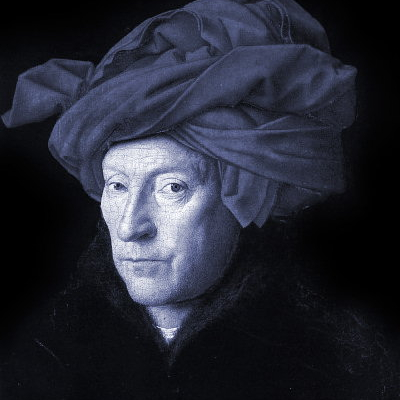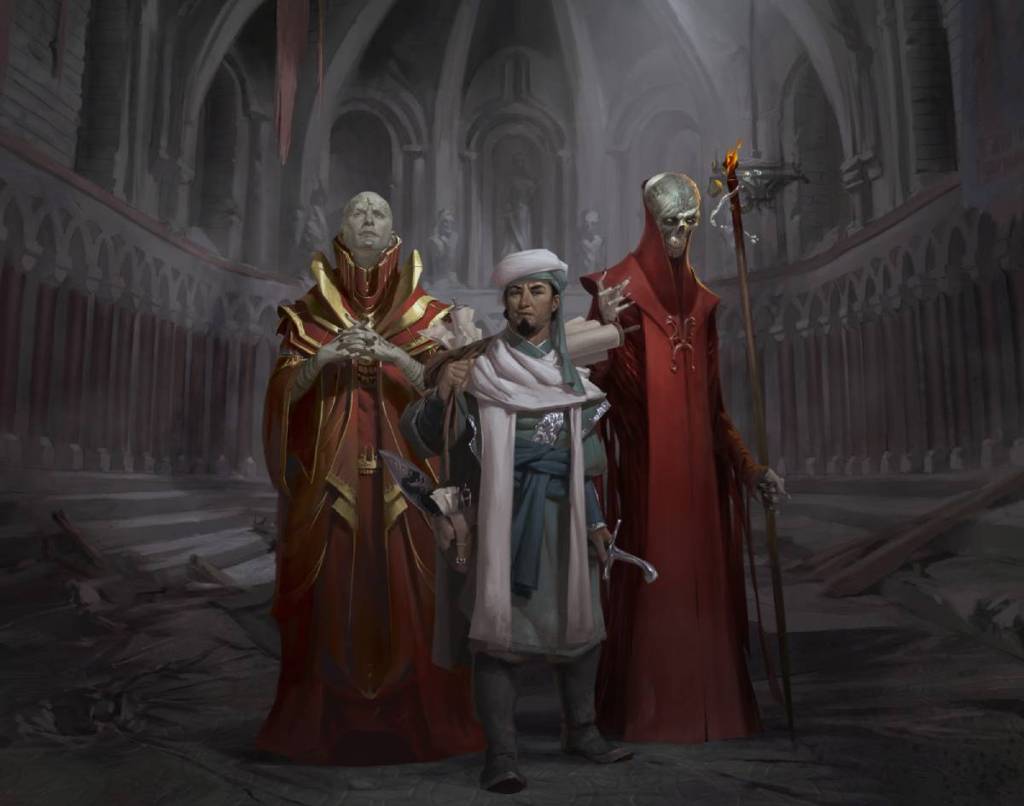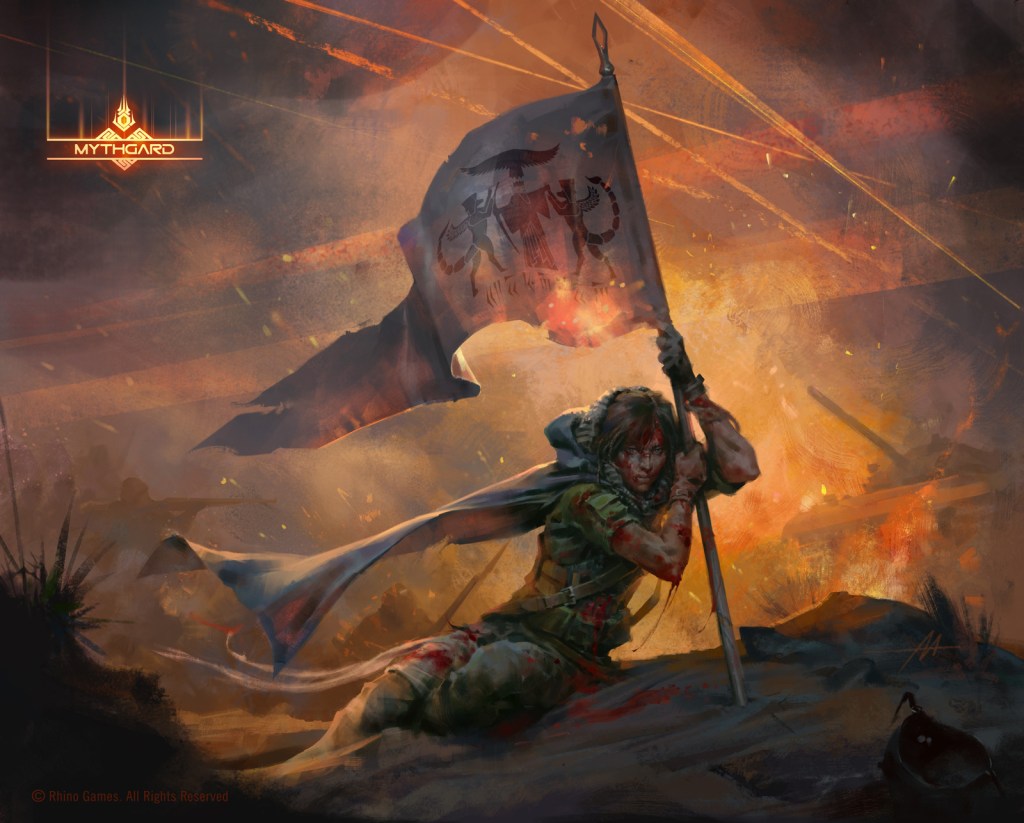It’s springtime, when farmers are planting. How do elves get food? Do they farm? It’s hard to imagine elves plowing a field or milking a cow. Indeed. Elves are people of the forests, and they live different lives. You’re free to characterize elves as pointy-eared humans, if you like, but I like mine to be distinct.
Their Nature
Elves stand half a head shorter than humans and tend toward light, silvery to coppery skin and slender frames with sharp features and pointed ears, and a somewhat aloof, flighty, and impractical nature.
Harmony with Nature
Elves are a forest people who have preserved and lived in harmony with the trees and other vegetation for millennia. They tend to move around so as to sit lightly on the land, and often go south in winter to avoid snow. They have few real cities.
Elven permanent buildings tend to be stone castles to hold a certain strategic place, but they also build wattle-&-daub, log, and half-timber houses. They compost their waste to use as fertilizer.
The purpose of human cities and towns is to provide hubs where people can trade–and they trade mostly foodstuffs. But elves do little farming and herding compared humans, and so have little need for permanent settlements. Instead, they cultivate forests.
Elf Gardens
An elven forest is dotted with areas the elves cleared of the native trees and planted a mix of fruit and nut trees, berry bushes, herbs, and some vegetables. It’s common to bury the dead in these gardens and plant a fruit or nut tree or berry bush on the grave. The fruit of these plants is considered a gift from the deceased.
These orchards or gardens are characterized by wattle fences to keep deer from overgrazing the young plants, but as the plants mature the fences are allowed to rot or are used as firewood. Once a spot is planted, the elves move on and plant other locations and only occasionally return to tend their crops. Their trails thru the forest pass other gardens that supply them as they travel. They don’t keep close track of their gardens, and so sometimes they grow rather wild. Traveling elves may pause a day or two on a journey just to tend a wild garden.
Their yields are high compared to the fields of humans, because their planting is less intense and longer-term, producing fruit, nuts, and berries for many years. Elves also cultivate edible roots and mushrooms under the forest canopy. And since they don’t have large populations of townsfolk to feed, they can live well on far less cultivated land than humans do.
Elves do not have an intense harvest season as humans do, but rather they harvest a little here and there, sun-drying the fruit and preserving it in jars sometimes hidden in cool grottoes and mountain springs. Goblins and orcs (and humans) love to find these caches of food, and it often sparks hostility from the elves.
Trade
They don’t cultivate grains, but they do sometimes buy bread and flour. To sustain them on their journeys, they make a dense, hearty sweet bread of wheat flour and either fruit or vegetable mash, which they call “waybread”. They will also sometimes purchase human or halfling ale (made from grain) but prefer hard cider, perry, or wine they make themselves from their own fruits and berries. They may also buy milk, cheese, and butter from humans.
Hunting Over Herding
Elves do not keep cattle, sheep, pigs, or other livestock as humans do, but they do tame young wild horses and keep them as steeds and occasional cart-horses. They are not, however, vegetarians. Elves hunt wild game in the forest and fish lakes, rivers, and coastal waters, as they have for millennia, and greatly resent humans, orcs, and such who poach their game. But they care less about such creatures eating their fruit, nuts, and berries.
Because elves don’t keep livestock, they sometimes kill the livestock of humans in lieu of game. This can likewise cause hostility with humans.
Elf History
When humans first encroached to clear the forests and plant crops, elves watched in vexation and often clashed with them, viewing them as little better than orcs (altho the humans didn’t eat the elves, as orcs do). Eventually, some began to trade their knowledge of forests and magic for crops, particularly with halflings, who taught the humans many farming techniques.
Elves largely shrank back into their wildernesses in imperial times, but high elves have long since reemerged. Wood elves, with their taller pointed ears, remain more reclusive in the forests. Gray elves, shorter, big-eyed, and gray-skinned, dwell in fantastical crystal caverns lit by luminous moss and live off mushrooms and subterranean game. None grow but wispy facial hair.






Leave a comment